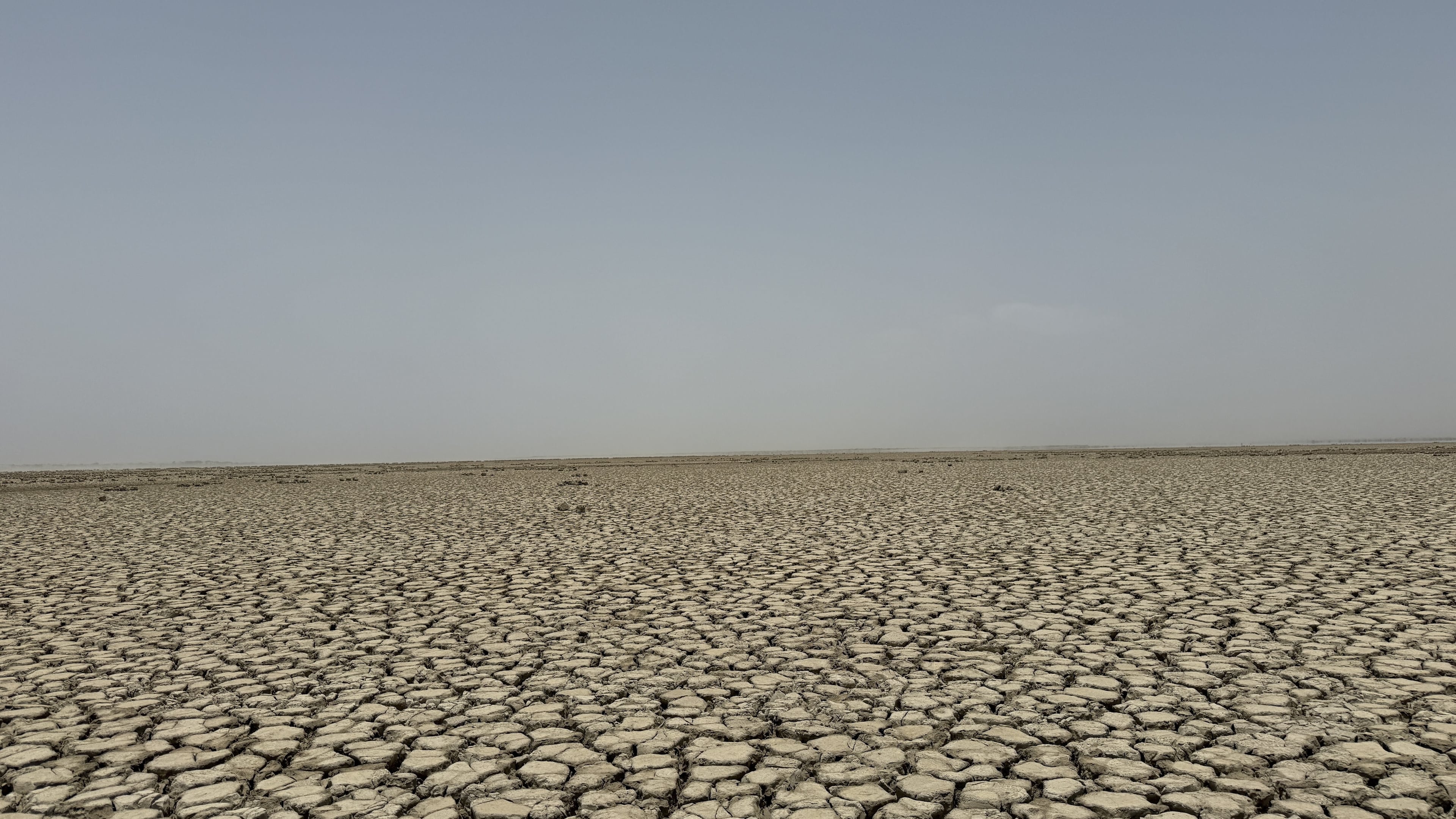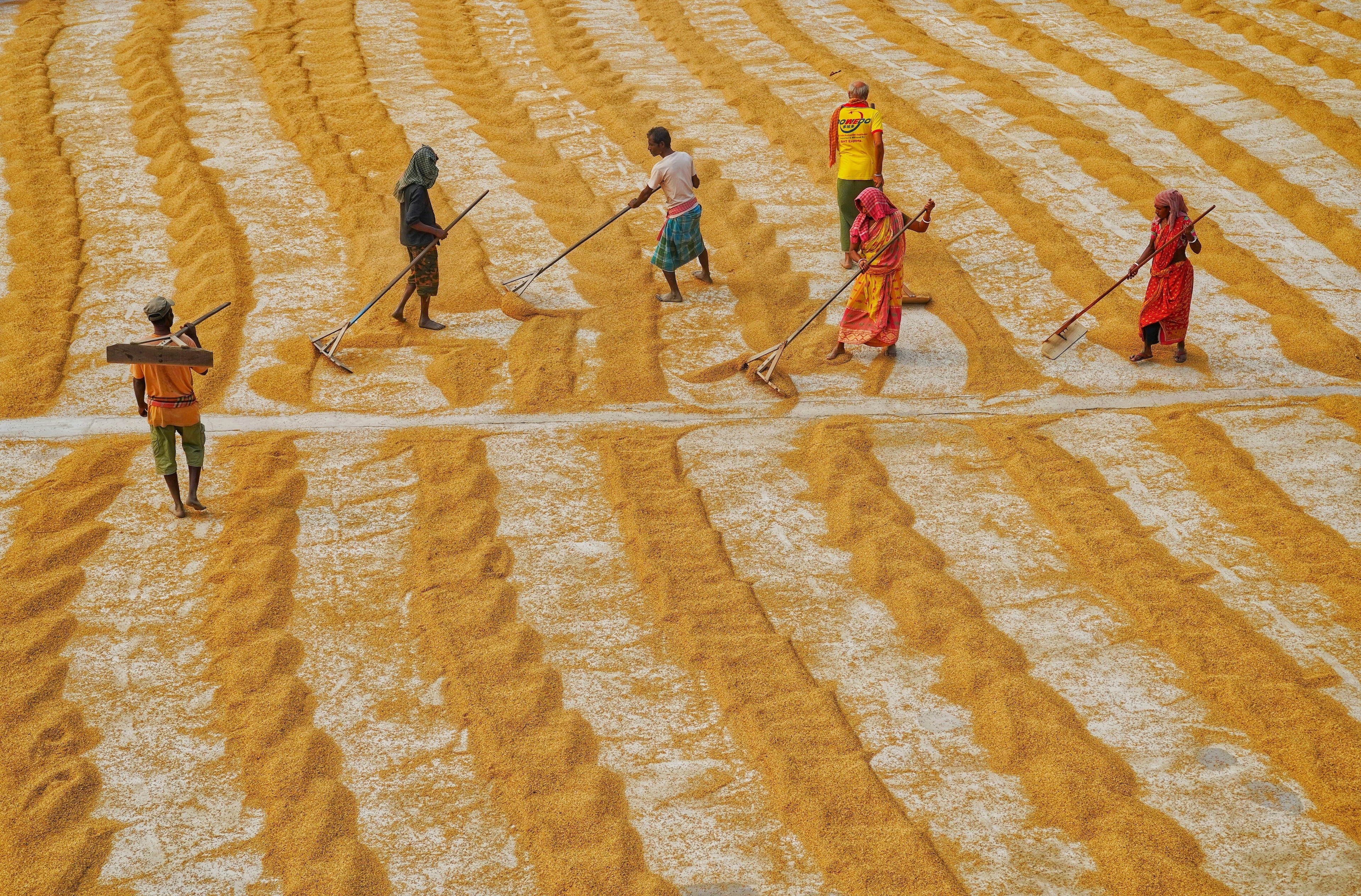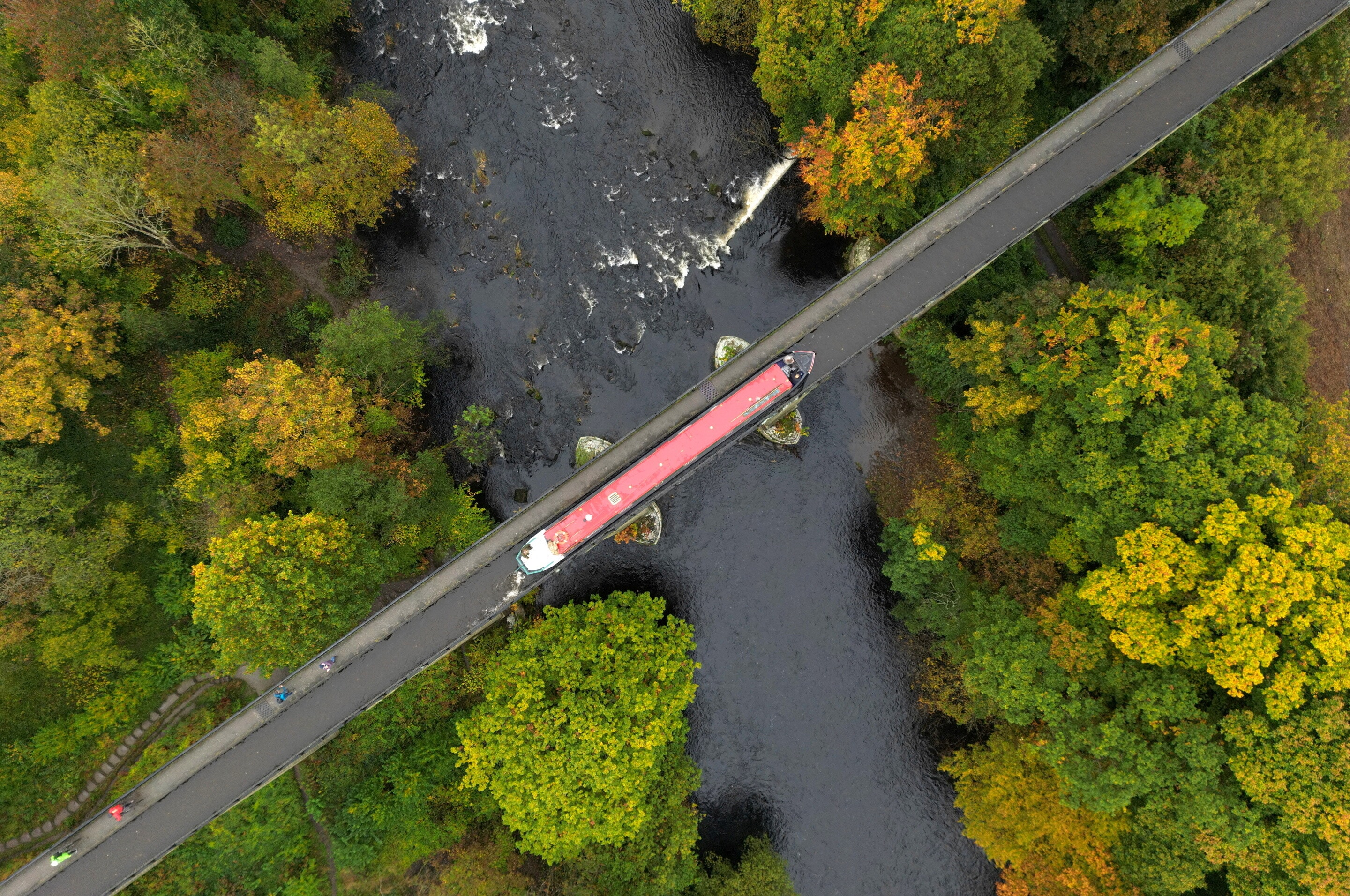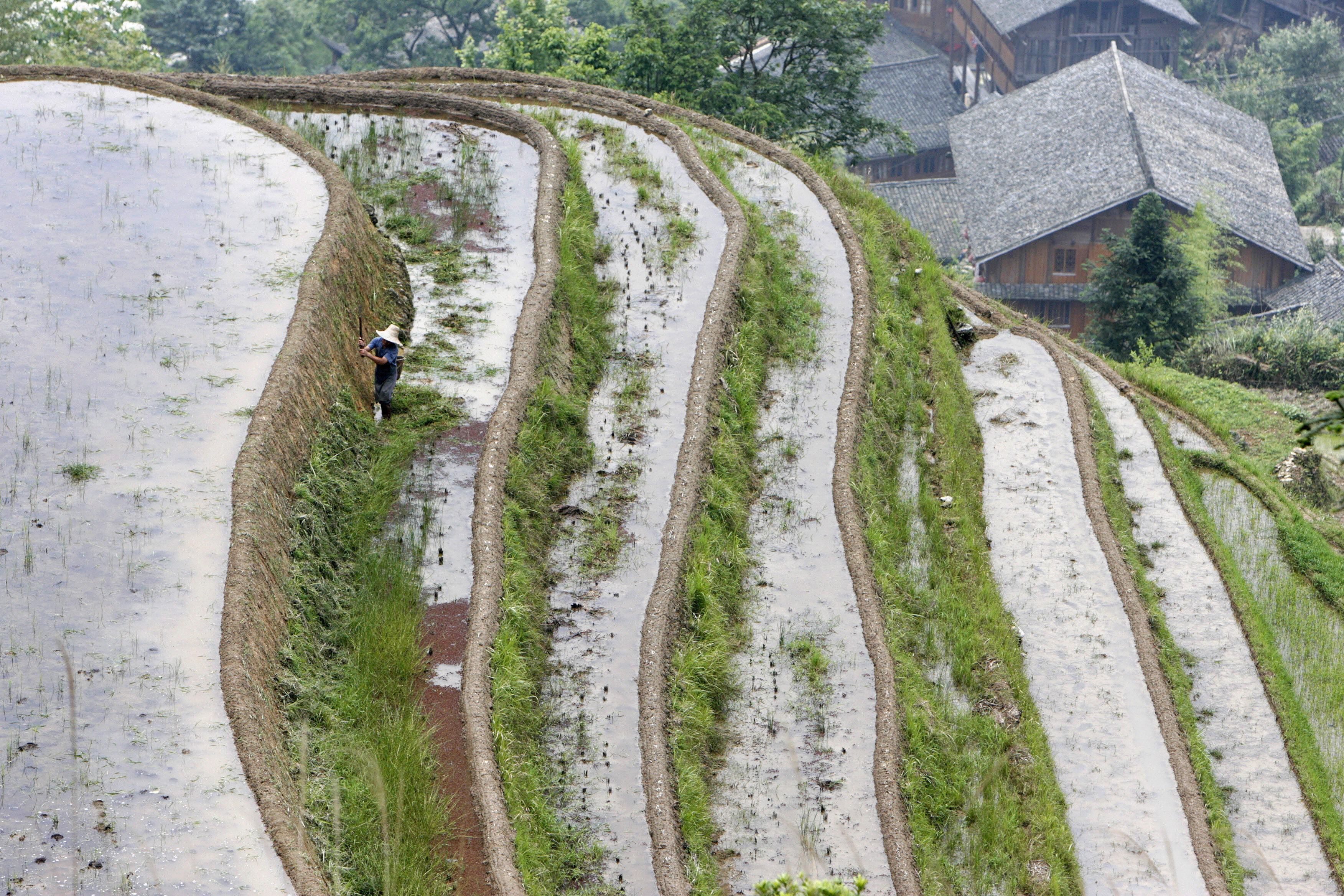Why we need to give insects the role they deserve in our food systems

The laboratory of the insect farm Ynsect, which harvests mealworms for bug-based animal food and fertilizer
Image: REUTERS/Ardee Napolitano
Stay up to date:
Food Security
- By 2050, the world's food supply will need to feed another 2 billion people;
- Insect farming for food and animal feed could offer an environmentally friendly solution to the impending food crisis;
- A source of protein and fertilizer, emerging technologies could help bring insects back into the food system at scale.
The world's population will reach 9.7 billion people by 2050. This means that despite only 4% of arable land remaining available on the surface of our planet an additional 2 billion more humans will have to be fed.
In order to address this impending crisis, world experts and leaders will meet this autumn at the UN Food Summit and then the COP26. Often overlooked in these discussions is the potential role insects can play in helping meet this challenge.
Insects contribute to the biological foundation of our terrestrial ecosystem. They bring organic matter to the earth by decomposing waste, act as pollinators for the reproduction and dispersal of plants and flowers, and are also a source of food for a multitude of animal species, from birds to amphibians to humans.
The concept of insect farming is not new and, currently, 1-1.2 trillion insects are raised on farms annually for food and animal feed. The practice has, however, remained mostly manual – until now. Thanks to new technologies such as artificial intelligence (AI) and the Internet of Things (IoT), we are at a turning point and finally able to industrialize the breeding of insects in a contained environment. Insect breeding is a data centric agro-industry with a lot of commonalities with precision agriculture.
Several indoor agriculture start-ups have emerged. Our company, Ÿnsect, for example, with more than 300 technology patents and completely unique AI-driven agricultural processes, is building the first fully automated vertical insect farm in the world, able to produce 100,000 tonnes of insect products a year.
More than 1 billion data points (vision, weight, temperature, development, speed, weather, composition) are captured daily and fed into a proprietary predictive model to optimize insect breeding and rearing conditions. Thanks to AI, with just one image taken at the right time, up to 80% of the quality control information needed for the daily care of the breeding of mealworm insects can be derived. The handling of the Tenebrio Molitor insects is entirely done by programmed robots. Machines do the heavy lifting: they fetch the various bins from the vertical farm and bring them to one area to be fed or to another to collect eggs, and larvae, which, when ripe, are taken to the processing stage.
The benefits of breeding and processing insects at scale are multiple:
1. A source of protein
Insects are a credible and efficient alternative protein source requiring fewer resources than conventional breeding. Studies suggest that for the same amount of protein produced, insects, mealworms in particular, require much less land than other sources of animal proteins. A study on crickets suggests they are twice as efficient in converting feed to meat as chicken, at least four times more efficient than pigs and 12 times more efficient than cattle.
Today, 12% of the world's wild whole-fish catch is used for farmed fish in the form of fishmeal. An alternative to fishmeal can be the products resulting from the processing of insects such as the Tenebrio Molitor. It has been shown that with mealworm, mortality in farmed fish is reduced by 40%.
Insect protein has high-quality properties and can be used as an alternative source of protein throughout the food chain, from feed for aquaculture to ingredients for nutritional supplements for humans and pets. All animal species, regardless of their diet, eat insects in their natural diet.

2. A healthy ingredient
Recent studies conducted on mice have shown a significant reduction in cholesterol in subjects fed with products resulting from the processing of insects such as the Tenebrio Molitor (up to 60% according to the study by the Justus-Liebig University of Giessen). In addition, the high protein content makes it a highly digestible ingredient that can be used in senior nutrition.
3. A more sustainable production
Insect rearing is less expensive than conventional farming in terms of CO2, water, surface area and raw materials. Moreover, raising insects allows a reduction of almost 99% in pollution compared to other forms of animal farming, with 80 times less methane emissions than beef. Furthermore, it is possible to breed insects with agricultural by-products, for example, with products from crops that are not intended for human consumption, thus optimizing agricultural production by reducing waste. Finally, insect protein as a substitute for fishmeal in aquaculture makes it possible to limit intensive over-fishing and strengthen sea biodiversity.
4. A natural fertilizer
Insect dejections (excreted waste) are a natural fertilizer. Insect farm produced fertilizer has demonstrated its effectiveness on plants and vegetable crops with a significant increase in biomass and yield compared to the use of 100% chemical fertilizers. For example, research suggests it increases yields by 20% and 25% for rapeseed and vine cultivation, and 40% of the biomass for wheat cultivation.
For thousands of years, insects have proven their nutritional capacity, their positive impact on soil and highlighted their low ecological impact. The latest technology advancements and their applications to AgTech (Agricultural Technology or agrotechnology) allow us to amplify the central role of insects in our food systems while preserving the environment.
Now we need to overcome the last major barriers: preconceived ideas about insects as a source of food and legislation with regard to the use and consumption of proteins derived from insects. The ban on the use of insect as a source of protein has begun to evolve in Europe. In 2017, the authorization of the use of insect proteins was expanded from feed for pet food to include feed for aquaculture animals. This year the European Food Safety Authority (EFSA) reported that mealworms are safe for human consumption and a decision is expected to be made regarding the use of insects in pork and poultry feed.
This is an important year for all of us to respond to the challenges of our time to preserve our planet while feeding an additional 2 billion individuals. Let’s not forget the power and role that these small critters can play in helping us achieve this big goal.
Don't miss any update on this topic
Create a free account and access your personalized content collection with our latest publications and analyses.
License and Republishing
World Economic Forum articles may be republished in accordance with the Creative Commons Attribution-NonCommercial-NoDerivatives 4.0 International Public License, and in accordance with our Terms of Use.
The views expressed in this article are those of the author alone and not the World Economic Forum.
Related topics:
Forum Stories newsletter
Bringing you weekly curated insights and analysis on the global issues that matter.
More on Food and WaterSee all
Tom Crowfoot
August 14, 2025
Sikander Bizenjo and Eric Shahzar
August 14, 2025
Aurora Matteini and Derek Baraldi
August 6, 2025
Mauro Gianni and Isidora Kosta
August 4, 2025
Hu Xiangdong and Felipe Carazo
August 1, 2025





